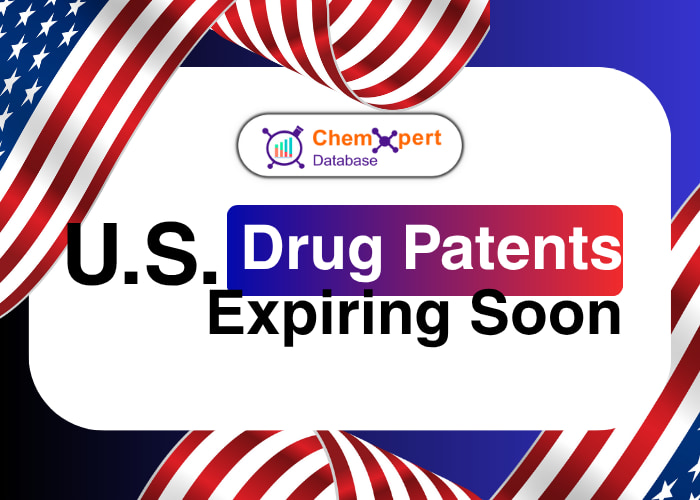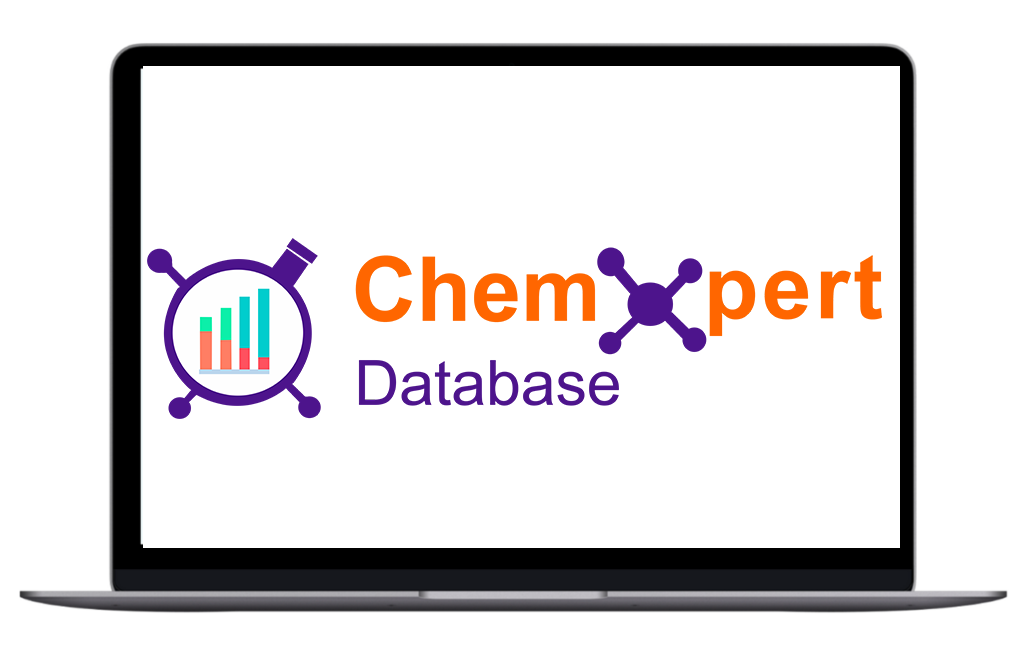
When a drug’s patent expires, it’s like a door swinging open for generic players, API makers, and formulation experts to rush in. That’s where the real action (and profit) starts.
Chemxpert’s Q4 2024–25 Patent Expiry Dashboard gives a clear, data-backed look at which pharma giants are about to lose exclusivity in the US market, and when it’ll happen.
If you’re in pharma manufacturing, licensing, or strategy, this isn’t just interesting — it’s your early warning system. Knowing what’s expiring next helps you plan smarter, launch faster, and grab opportunities before everyone else does.
Here’s the quick snapshot from the latest US pharma patent expiry analysis. A total of 64 patents are set to expire between Q4 2024 and 2025, spread across 16 companies, 16 brands, and 16 active ingredients. That’s a lot of change packed into one cycle.
The pharma patent landscape 2025 shows a fairly balanced mix — not too crowded, but definitely competitive. Multiple dosage forms are in play, from oral to intravenous, showing how broad the US pharma market is becoming.
In short, the patent expiry scene looks like a mix of steady players and fresh openings, a good time for anyone tracking generic drug entry or looking to spot new market opportunities in the patent expiry analysis US market.

When it comes to pharma companies patent expiry 2025, a few big names are leading the way — and not in the direction they’d like. The data reveals that a small group of players controls most of the expirations this quarter, signaling a shift in the US pharma patent landscape 2025. Here’s the breakdown:
Together, these five companies account for nearly 70% of all expirations in Q4, setting the stage for increased generic activity, market diversification, and a major shift in pharma innovation turnover.

No surprise here, pills still rule the pharma world. According to the latest patent expiry analysis US market, oral dosage forms account for a massive 65.6% of all expirations. That means most of the drugs losing exclusivity soon are the ones people actually swallow.
Here’s how the rest stack up:
With oral solid formulations taking the lion’s share, the oral dosage formulations market is about to get crowded. Expect rising generic competition, tighter pricing, and faster product launches as manufacturers race to capture post-expiry opportunities.
In short, the pharma manufacturing trends are clear: convenience wins, but it also means tougher battles ahead in the tablet and capsule game.
Some of the biggest names in the US pharma market are about to lose their exclusivity shields. According to the data, these brands top the list:
What’s interesting is how brands with layered patent strategies, meaning they filed multiple patents for formulations, delivery methods, or compositions, are seeing staggered expiry impacts. Instead of losing all protection at once, they’ll face gradual waves of competition.
For anyone tracking top US pharma brands patent expiry or drug exclusivity loss analysis, this is where the action is. Expect new generics, shifting market shares, and plenty of competition as these big names move from exclusive to exposed.
So, what does all this patent expiry data actually mean for the pharma world? In simple terms, a big shake-up is coming, and smart companies are already gearing up for it.
Here’s the deal:
For generic companies, now’s the time to plan pipeline strategies, lock in suppliers, and get ready for the next big wave of. For innovators, it’s a wake-up call to double down on R&D before the competition closes in.
The data says it all, the 2032–2035 period is going to be wild for the pharma industry. With a huge wave of patent expiries lined up, the global market is heading for a major shake-up. Prices will shift, new generics will flood in, and competition will hit a whole new level.
For pharma companies, this isn’t the time to sit back — it’s the time to get your strategy in order. Whether you’re in R&D, manufacturing, or business development, knowing which patents are expiring and when gives you a massive edge.
And that’s where Chemxpert’s Pharma Database steps in. It’s your go-to tool to track patent timelines, find potential generic, API, and formulation opportunities, and stay one step ahead of the market.
The next decade will belong to the pharma players who prepare early, so start now, explore the data, and turn those upcoming expiries into your next big opportunity

Sick and tired of always wondering if you are being asked to pay the right price for your APIs? This empowers you with the answers you need to make the right decisions in the Global API market.
Chemxpert Database is one of the biggest and most comprehensive directories of pharma and chemicals, manufacturers, suppliers and information. Provided with current information on prices, demand and transactions, it gives you instant feedback on whether you are buying what is right and at the right time.
Start using market intelligence today and allow yourself to be in control in the API market.
Check it out today and make more informed sourcing decisions! Learn More!